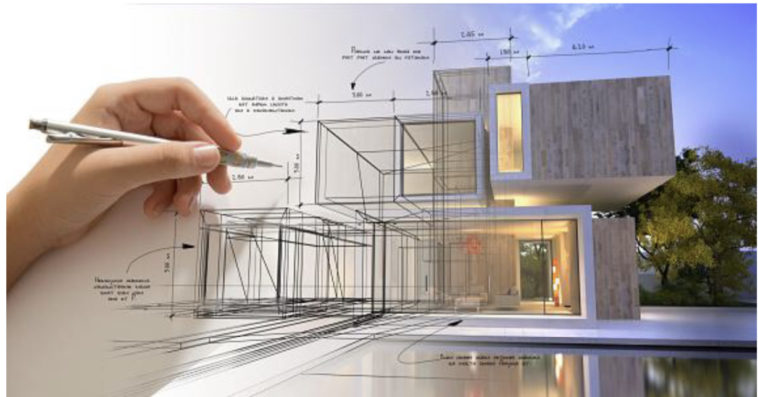CEO and Founder of the Framing Futures Architectural Firm (FFAF), Androsky Lugo has spent over a decade serving as the Senior Architect for a number of top firms, including Parkins and Rhodon of New York and Fentrell Architects in San Francisco. Currently based in Southern California, Androsky Lugo works at designing structures that bring together green ideas and a modern structural vision.
It is with the increased use of green building construction materials along with building information modeling (BIM design) that Mr. Lugo believes the AEC industry will play a crucial role in helping our country meet the president’s National Climate Task Force goals.
A Brief History of Smart Building Technology
The smart building revolution started as early as the 1970s when public outcry for more energy-efficient structures rang out loud from environmentally-conscious citizens. Soon, the US government introduced legislation to revamp the country’s eco-infrastructure – and the Green Building Movement began.
By the 1980s, automated building systems were already being designed to fit modern structures. This early technology was trite compared to what we know of as intelligent building technology today since it only featured sensors to control heating, ventilation, and airflow (HVAC systems).
As digital technology, the internet, Wi-Fi, and Bluetooth technology progressed, so did the imagination of architects and engineers in how to apply that technology to save energy, automate building system infrastructure, integrate appliances and other home systems, and even use the building’s structure to generate power or reduce energy (solar power panels, greywater recycling systems, and green roofs).
Androsky Lugo on Intelligent Building Design
Androsky Lugo knows that an intelligent building design must start with the architect’s vision to account for the smart devices that are a part of our everyday life, from connected, voice-controlled home assistants (Alexa and Siri) to kitchen hubs that allow homeowners to manage their home systems, their appliances, and their life.
But, the general public may be unaware of just how intelligent a building’s design along with its mechanical, electrical, plumbing, and life safety systems’ infrastructure can actually be. For example, a smart building can monitor and predict when the HVAC, lighting, plumbing, and security systems will need maintenance or repair.
With present technology, all these systems can be integrated and controlled to make the most efficient use of resources and energy. For architects, the building information system must be fully incorporated within the structure – to be unseen and unheard. After all, Mr. Lugo believes the first priority for any structure is to improve occupant comfort, health, and safety.
Secondly, a smart building should reduce maintenance and operating costs for stakeholders. Androsky Lugo explains to many of his clients that the increased upfront costs of an intelligent building design will be quickly offset by savings in operating costs. A return on investment is also seen in the building’s energy efficiency – the third priority for smart building construction.
The Future Of Smart Buildings
Androsky Lugo believes the future of smart buildings will be closely tied to other technological advancements including smart grids, smart cities, smart houses with physical defense, e-health, and building asset self-management. All this will be tied together by IoT (Internet of Things) sensors/devices, worldwide connectivity, data processing, and the user interface.
Mr. Lugo also sees intelligent buildings as playing an important role in the well-being of communities as increased engagement between people, space and activities will be possible with the use of activated networks. Smart buildings will eventually contribute to increased employee productivity by setting optimum levels of light, temperature, and airflow to support the main activities in each area.
But, Androsky Lugo also knows it will be critical for the architect and engineer to work together in the design of the smart building of the future. These structures must be hardened – physically and digitally. Hardened against cyberattacks on main systems, hardened against the increase in extreme weather patterns, hardened against ventilation systems that contribute to the quick spread of infectious diseases, and hardened against the use of materials (VOCs) and systems that increase the building’s carbon footprint.
When we look at intelligent buildings of the future, we often focus on the increased energy efficiency, the inclusion of sustainable materials, and the use of renewable energy sources. But, Androsky Lugo advises against modern structures that lack warmth and comfort because they focus too much on efficiency. He envisions an architectural future where cutting-edge technology and classic design principles live side by side.



